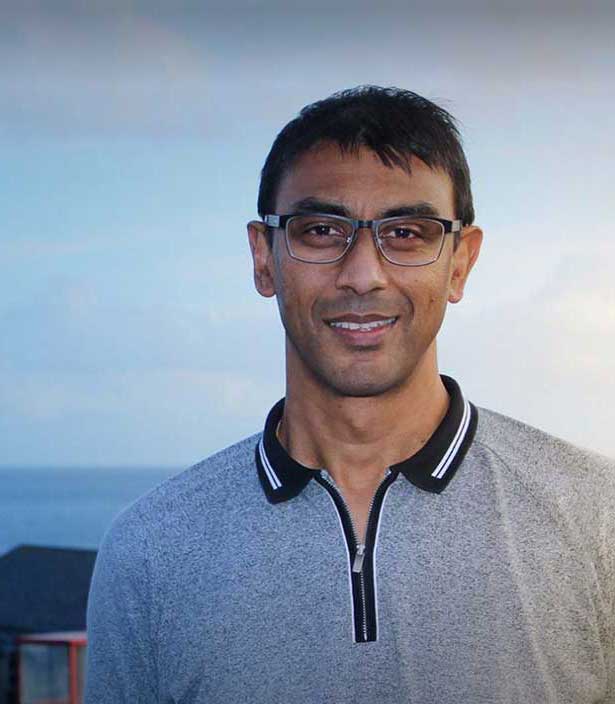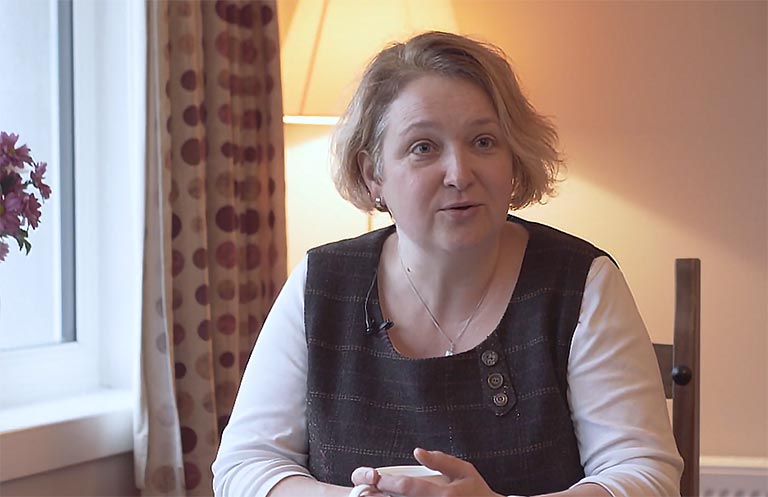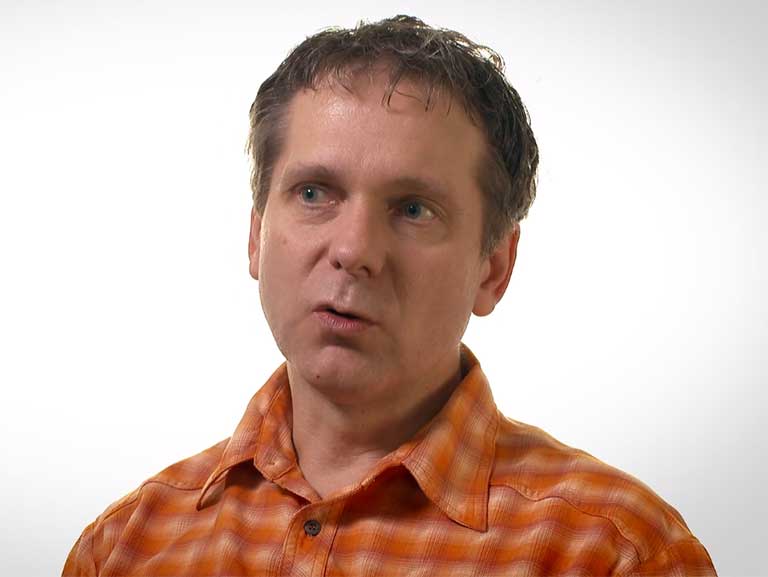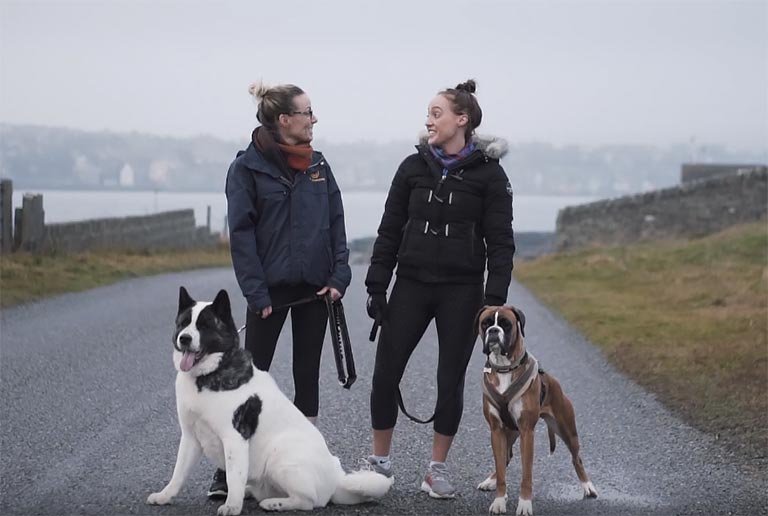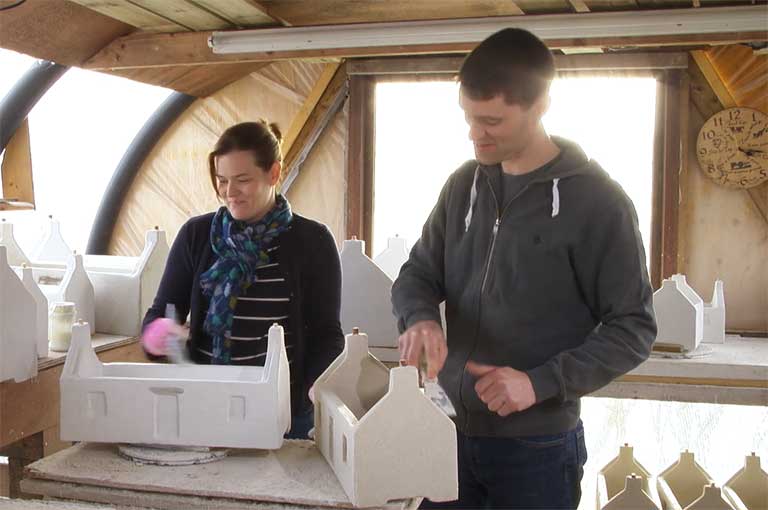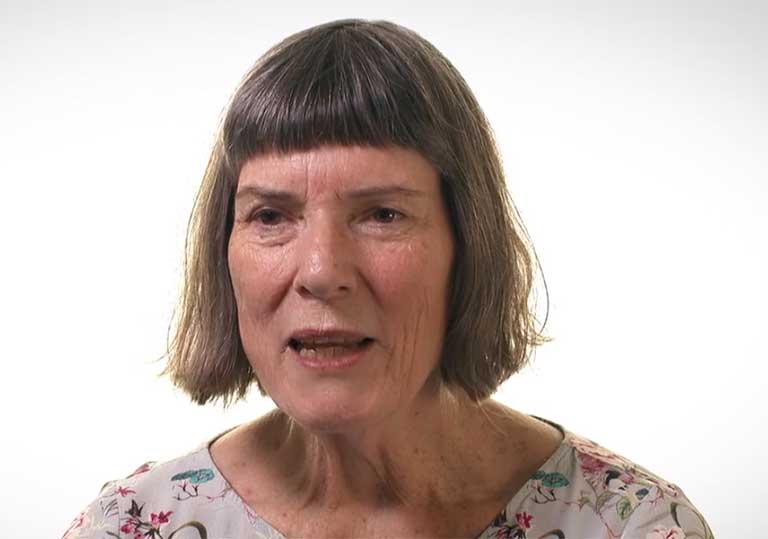Emma Courtier
Emergency Nurse PractitionerHow did you come to be an Emergency Nurse Practitioner?
I worked in Theatre and Accident and Emergency for several years, before I decided to study to be an Emergency Nurse Practitioner (ENP) in Accident and Emergency. After working in Aberdeen for a few years I chose to come and work in Shetland because it was home, where I grew up and went to school.
How does working in Shetland differ from working in Aberdeen?
Working in Shetland differs from other places I have worked in that it is remote and rural, so we see a lot of variety in our work. It can be very challenging at times as we can be the first port of call for some seriously injured trauma patients. We see patients brought in from the North Sea with either oil or fishing related injuries as well as other serious trauma/ medical conditions from the islands itself.
What’s the most challenging thing about your role?
I guess the most challenging thing about the role is dealing with major trauma. Being an ENP and having the autonomy to see and treat patients with minor injuries, such as lacerations or fractured wrists/ankles is very satisfying though.
How many patients do you see in a year?
We see and treat approximately 7,000 new casualties a year.
What’s the best thing about your job?
The best thing about my job is being able to help people and make them feel better. Shetland is a very friendly place to live and work, it has a lot to offer with always something to do. It has a great community spirit, lots of outdoor pursuits, beautiful scenery not to mention the excellent wild life and is famous for its music and knitting. Working at the Gilbert Bain is a very varied and rewarding experience.
